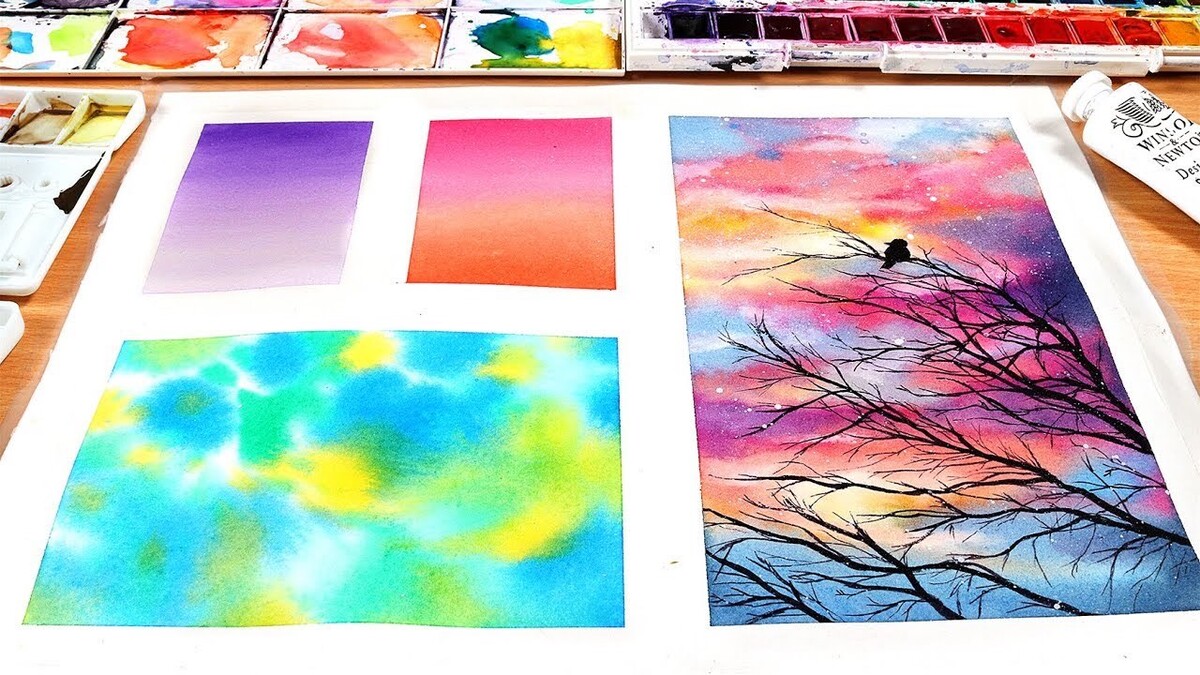
Small nuances can make a big difference. This article will unveil simple and practical
techniques with watercolor materials. A beginner has advantages to learn the tips and
master them throughout the study to attain advanced skills. All you need for this
practice are watercolor paper, the paint, brushes, and some home tools.
1 Water and paint
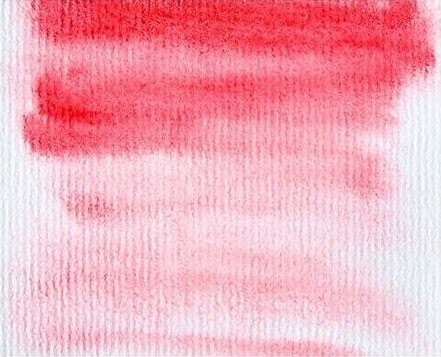
Experiment with water and watercolor paint to understand how it interacts with each other. Start with a bean-sized amount of water and the equal amount of paint. Start with a bean-sized amount of water and the equal amount of paint. Dip the brush in water and draw a small shape, a circle or a triangle with this wet brush. Then apply a watercolor paint to observe how exactly water and paper make a barrier. The paint will move within that small space. As it settles down, make another layer of different shapes around the wet area. You can get more advanced effects if you wet the paper under running water.
2 Gradient effect
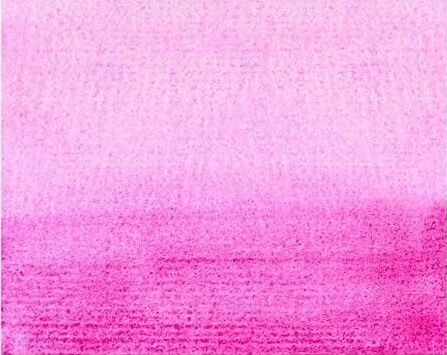
One of the simple and basic watercolor techniques is to practice going from dark to light. The method consists of putting down swatches of color close to each other. Each side contains varying amounts of water which is diluted with pigmentation. The purpose of this exercise is to create a gradient. Therefore, you will be able to skillfully master the transition.
3 Needle work
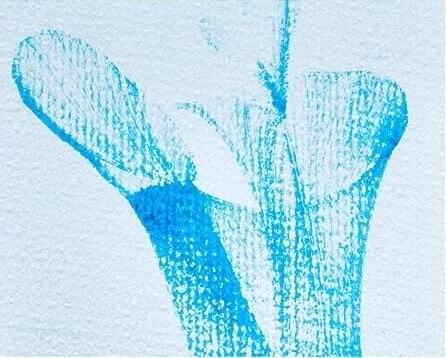
4 Dry brush

For this effect the paint is mixed and applied with a dry brush. This technique is very useful for drawing some vegetation such as the blades of grass. It is recommended to use an angled brush to take the paint and then brush along the paper. In that case it is preferable to use flat or angled over a round brush. Therefore, the effect will be achieved without any possible damages even if you press it hard onto the surface for greater effects.
5 Stippling

Watercolor is a great medium to experiment with subtle and unusual textures. For this exercise, take a textured tissue or a paper, crumple it, and softly press on a wet paint. It is not necessarily to have a quilted design to appear on the surface. Some paper or tissue fold will give a variety of impressions. Create an effect by adjusting the holds on a tissue.
6 Sponge
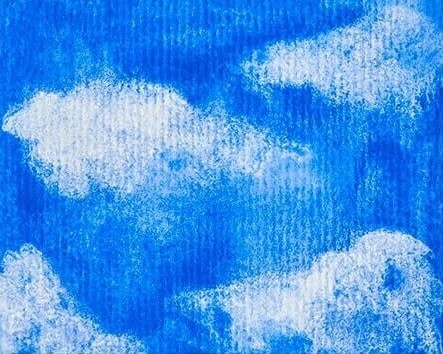
7 Plastic wrap
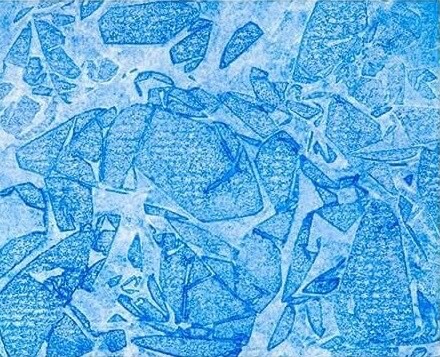
8 Waterdrops
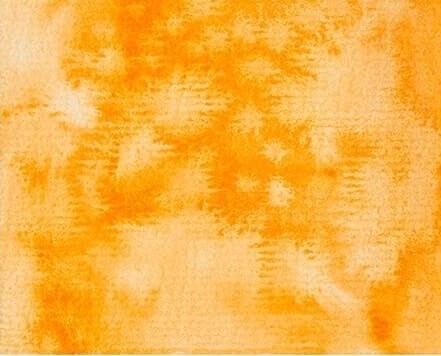
9 Woodless pencil shavings
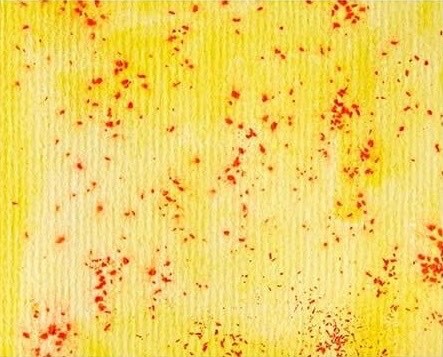
10 Table salt
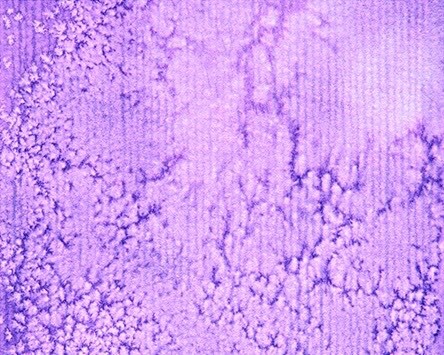
11 Wax resist with crayon
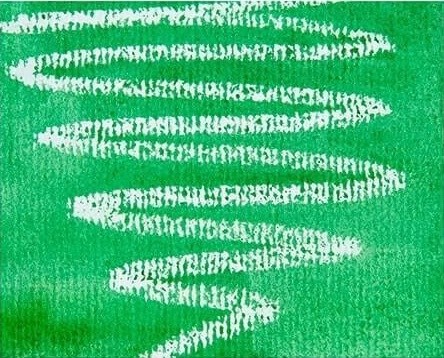
Take a white crayon and write something on a paper. Then brush the paint evenly over a surface. The paint will be pulled away from the drawing. Rinse the brush and dab on the drawing to pick up some dots of a paint. It could also be made with a paper towel to clear up a design.
Experiment also with wax candles of different colors. Hold them over the paper to drip some colored wax. When the wax is set, wash it with paint. Depending on the type of watercolor paper, the wax will be absorbed differently. Gently scrape off the top of the wax with a palette knife. As a result, there will be interesting colors and textures.
12 3D effects with stippling
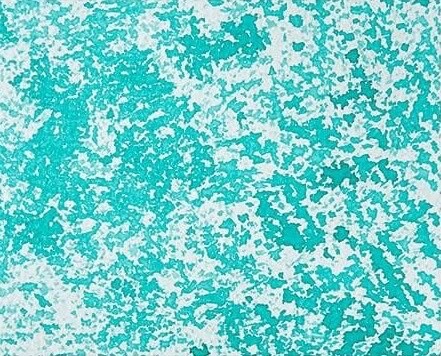
13 Splattering
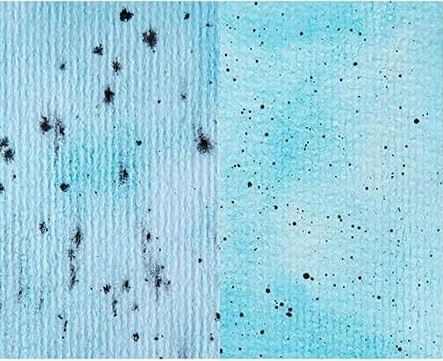
14 Indenting

The excitement comes with the first watercolor drawing. We would like to share with you the techniques on how to paint a rose.
A professional approach guarantees to accomplish an impressive artwork of pastel painting. Make sure to follow competent advice before the start.
We will be creating a simple and impressive watercolor painting that will allow you to discover this wonderful medium and the master the basic techniques and skills.



inicie sesión, por favor